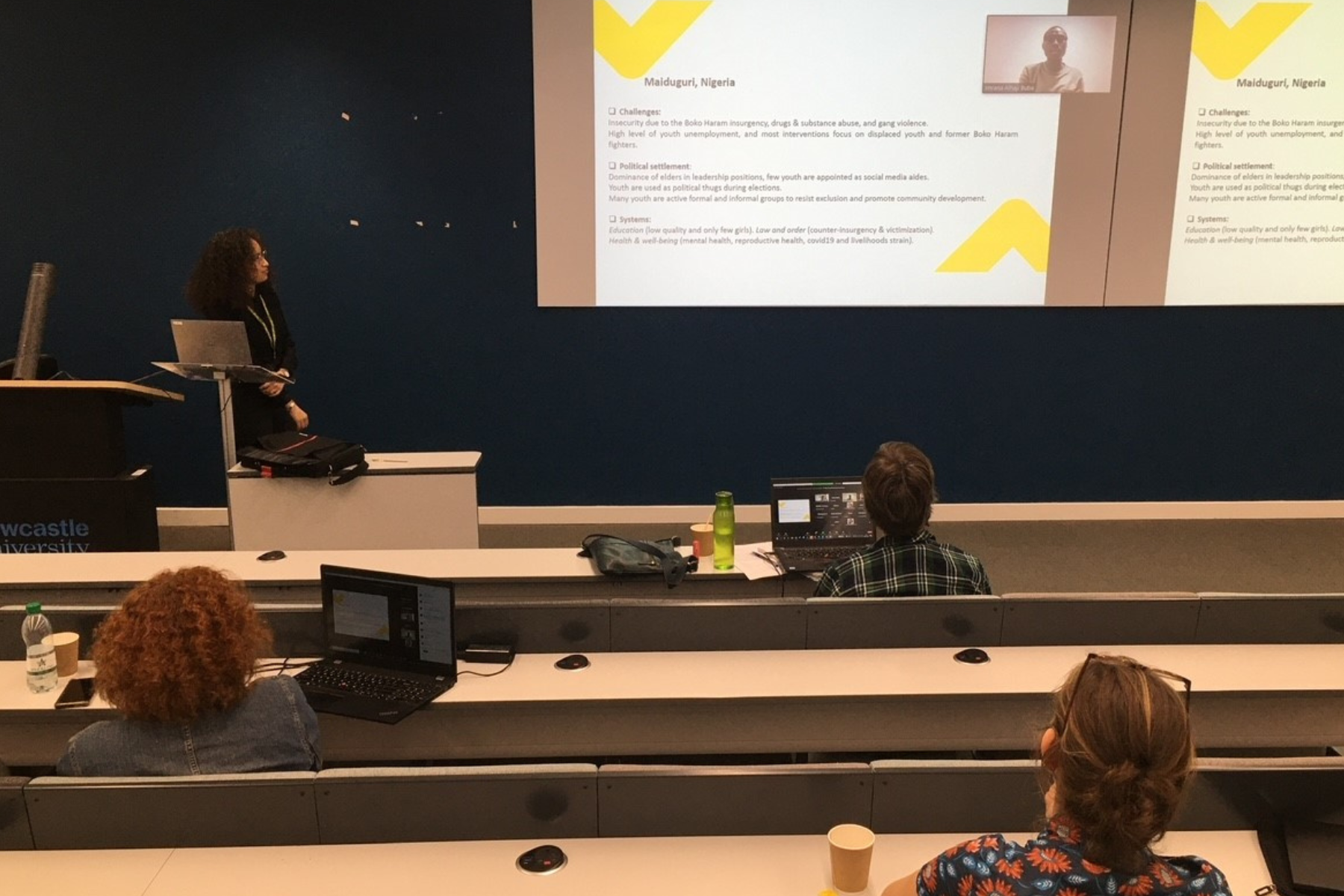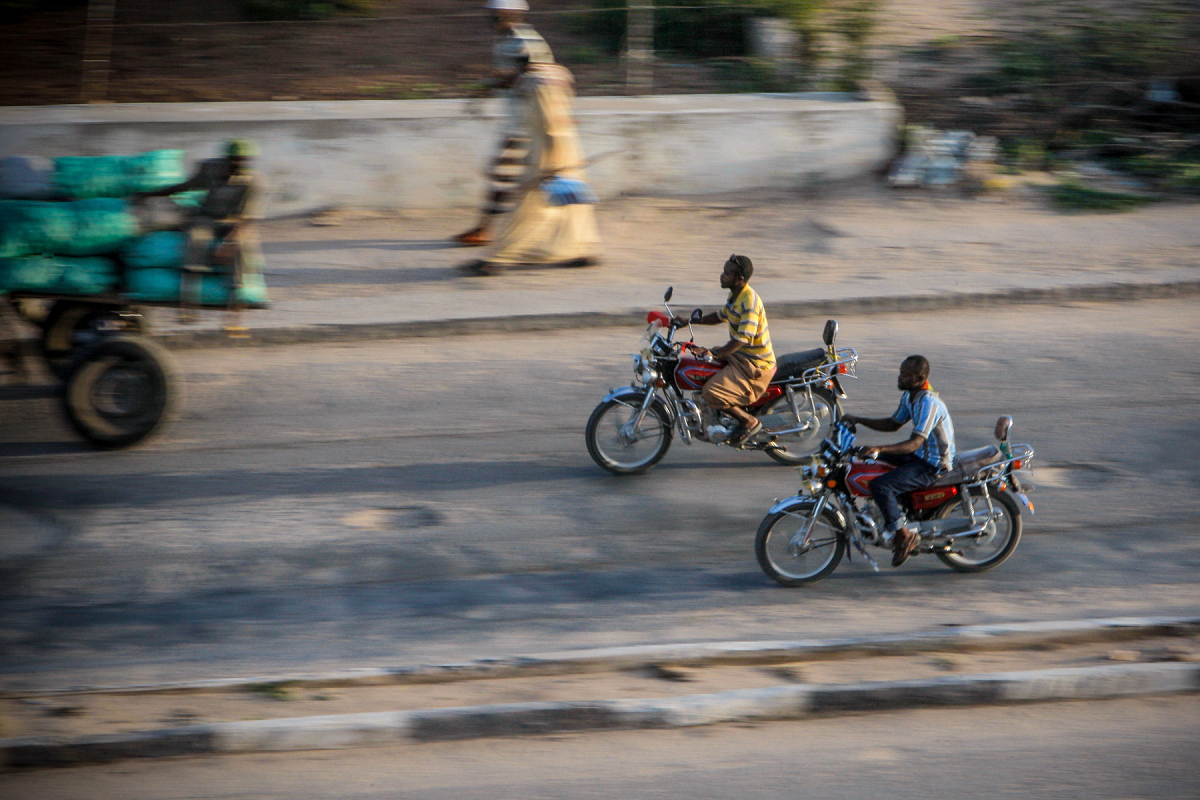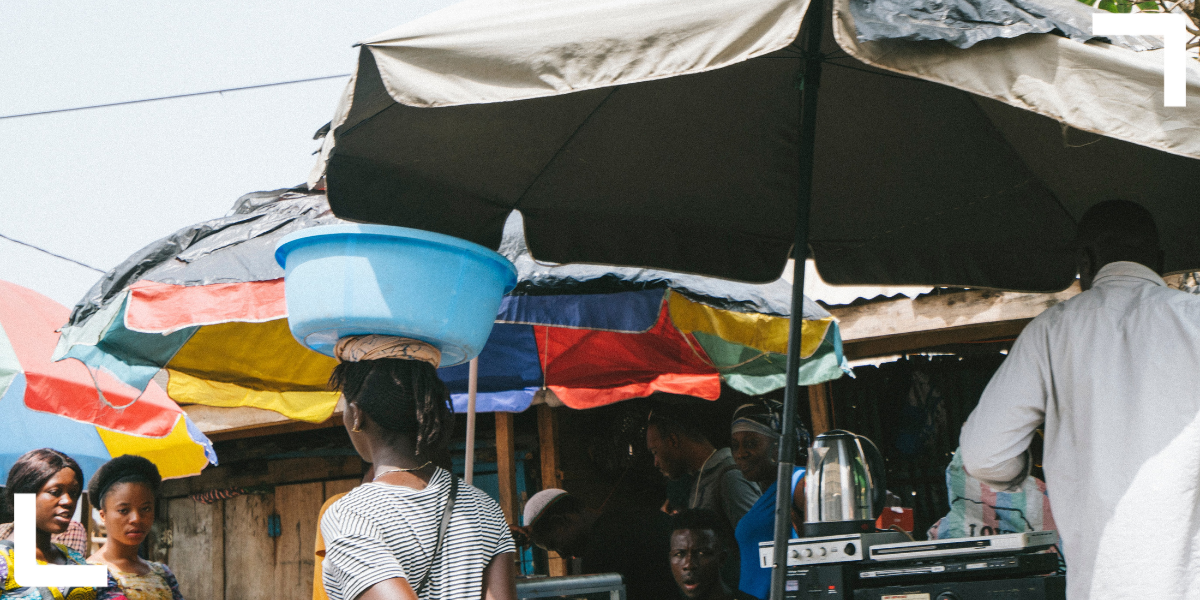By Imrana Buba, Zainab Hassan, Haja Wurie, Elizabeth Dessie and Nicola Banks
The Royal Geographical Society with the Institute of British Geographers (RGS-IBG) Annual Conference, brings together geographers and researchers interested in place, space and beyond, from across the UK and the world. This gathering gave ACRC’s youth and capability development domain an opportunity to share insights from our focus cities of Freetown, Maiduguri and Mogadishu.
Research leads from each city presented details of the individual research approaches that have been adopted in the cities, preliminary findings from their fieldwork currently underway, and shared their thoughts on whether and how these plans and findings are being implemented and analysed through a political settlements and city systems perspective.
Centred around the three city presentations, this joint paper – “Youth and capability development in Freetown, Maiduguri and Mogadishu: Dissecting political settlements and city systems in three African cities”, hosted under the Youth, cities and dreams of ‘recovery’ panel – offered insights into some of the similarities, differences and intersecting themes that have been identified across the three cities to date.
Freetown, Sierra Leone
Youths in Freetown are often faced with challenges related to the urban context that negatively affect their socioeconomic productive years and transition to adulthood. Collectively, these challenges have great developmental and political consequences that further exacerbate inequalities and limit young people’s civic and political participation. This has long-term implications on youth empowerment and development. Vulnerable groups, including young people from informal settlements and young women, are further marginalised.
Access to education and employment are central challenges. Early school dropout occurs widely among young people for multiple reasons, including a lack of qualifications for college entrance and limited financial support. For young women, other social factors such as teenage pregnancy and early marriage play a part. In response to this challenge, policymakers have invested in technical and vocational training to equip young people with skills and capabilities and to strengthen mid-level manpower – unskilled work in lower levels of the occupational ladder. These efforts are incommensurate with the level of need. There is a huge gap in employable skills among young people, and this is a major factor underpinning the widespread problem of youth under- and unemployment.
A lack of skills is not the only factor making access to employment difficult for young people. Job opportunities are limited and there is a degree of nepotism in the employment process, placing the majority of young graduates at a disadvantage. This has a negative ripple effect on their long-term access to finance.
There are few opportunities for young people to participate in local, municipal or national decision-making fora. At the community level, it is older members of the community that make decisions, despite formal institutionalised processes of district youth councils and chiefdom youth committees that are in place to increase youth participation. Young people see their participation (where it exists), as occurring in a tokenistic or politicised manner. It is largely perceived that urban youths are exploited by politicians and used as a tool in politics, which can create protracted grievances amongst the youths.
Opportunities for eking out livelihoods do exist. Young men dominate the transport sector, for example. Their visible presence as bike and tricycle riders is clear across the city. Many young people also work in the energy sector, managing charging kiosks. But these opportunities are tough: incomes are low and irregular and future prospects are unknown. As a result, our research has found that many young people are turning to coping strategies that are detrimental to their health, safety and social standing. Some, such as involvement in gang activities, threaten their safety and security. Others, such as turning to drug and alcohol abuse to numb their worries, are detrimental to their mental health and wellbeing.

Elizabeth Dessie and Imrana Buba present at the RGS-IBG Conference in Newcastle, UK.
Maiduguri, Nigeria
In Maiduguri too, young people are largely excluded from decisionmaking processes in formal and traditional institutions, which are both dominated by elderly people. The increasing popularity of social media among young people has brought new spaces for youth political participation, with the elderly political class frequently appointing media-savvy youth as social media “aides”. Even in this digital space, however, this participation as media aides is used in a political manner detrimental to young people. Activists criticise these aides being used as politicians’ “social media attack dogs” and compare it to politicians who recruit young people as thugs to harass opponents, steal ballot boxes and commit violence during elections. Outside of formal governance institutions and structures, many Maiduguri youth actively participate in community development through youth-led organisations and informal neighbourhood clusters.
As in Freetown, many young people have complained that government jobs and programmes seeking to empower or educate young people primarily benefit people close to politicians rather than reaching “deserving” young people. The focus of international NGOs on displaced female youth and former Boko Haram members means that the large numbers of unemployed and vulnerable male youth in host communities are overlooked. Dissatisfaction with the government, and the desperation to succeed, leads some unemployed youth to join the Boko Haram insurgency that has caused significant damage to school infrastructure and loss of human resources across the city and state. A high representation of young people, and young men in particular, among Boko Haram members also fuels the problem of widespread dragnet arrests, extortion and intimidation of youth by security agents. The insurgency has also resulted in the influx of thousands of displaced people into the city, forcing many young people to live in overcrowded conditions and face high levels of unemployment.
Here young people are not suffering only from the social and economic stresses that characterise young lives in many urban areas across the continent. Many have also experienced significant trauma in their experiences of the Boko Haram insurgency that influences all aspects of their lives, including their education, job prospects, family and peer relationships, and their sense of worth. Here, too, this has led some to use drugs and other illegal substances to cope with their trauma and circumstances, or to engage in gang violence and steal.
Mogadishu, Somalia
As a city that has experienced prolonged conflict and that is still dealing with combatting the violent extremist group al-Shabaab, Mogadishu’s young people face some strikingly similar challenges to those we saw across Maiduguri and Freetown. Mogadishu and Somalia’s political settlement leads to some unique manifestations of youth exclusion in the city. This surrounds both Somalia’s 4.5 clan power-sharing system (which allocates resources and opportunities along clan-affiliated lines) and issues surrounding the status of Mogadishu as the capital city, but with the Benadir region it is located within the only Somali region without representation in the Upper House of Parliament. There is a lack of youth political representation and implementation of youth-focused policies.
That Mogadishu is home to the largest number of internally displaced people (IDPs) in the country means that its youth face critical challenges centred around high unemployment and underemployment. The collapse of state educational systems has limited young people’s access to education and the quality of that which is available. There are only a limited number of Technical, Vocational, Education and Training (TVET) centres and programmes to help equip young people with skills. Alongside education, the privatisation of the healthcare systems renders most healthcare poor quality, expensive and out of reach for many young people. Across many indicators and outcomes, young women are particularly vulnerable.

Men ride motorcycles down a road in Mogadishu, Somalia. Photo credit: AMISOM / Flickr
Similar to Freetown and Maiduguri, our research revealed a growing phenomenon of youth gangs across the city, which has damaging repercussions not only in terms of crime and violence, but also for the stereotypes of young people. This negatively influences the security and mobility of young people in the city. Growing drug use among young people was also highlighted regularly across our research as a relatively new phenomenon. Another coping strategy was a prevalence of forced internal and external migration of young people, called tahriib. Many young people and their families fleeing insecurity, drought, flooding and extortion from al-Shabaab move to other cities in the country. Young people, mostly men, embark on tahriib, a type of illicit transnational migration that often involves crossing many borders. In search of better opportunities, some take boats from Libya trying to cross the Mediterranean Sea with hopes of reaching Europe, where many youth lose their lives or go missing.
Conclusions
The parallels across the cities are quite astonishing – and were reflected in other presentations within the broader Youth, cities and dreams of ‘recovery’ panel. For young people in Freetown, Maiduguri and Mogadishu, the situation remains rooted in crisis, with “dreams of recovery” hard to envision. The scale and urgency of the employment crisis for young people is founded in the inability of educational systems to provide them with skills and capabilities to access employment, but also in labour markets that are unable to absorb large youth populations. Preliminary findings presented from our focus cities also highlight gender as a crosscutting theme that shapes the challenges young people face and their ability to recover from crises, with women faring worse in accessing education and employment, in claiming political representation and in dealing with multi-layered uncertainty.
Discussions within the panel highlighted the tendency for people to refer to the importance of youth resilience, and their ability to individually and collectively “bounce back” from crisis. But for young people in contexts with a history of and/or ongoing violence, we have to question this rhetoric.
Our research highlights that there may be some “coping strategies” that young people utilise to network, search for multiple income-generating opportunities, or turn to illegal means to make ends meet. But we have to recognise that these are contexts in which dreams of recovery are not met, but deferred. And it is in this space that we see new and increasing problems of young people’s widespread engagement in drug and alcohol abuse and severe mental health burdens that remain largely unaddressed.
A youth crisis in unemployment is deepening into new crises of mental and physical health and wellbeing in Freetown, Maiduguri and Mogadishu.
Header photo credit: Social Income / Unsplash. Market scene in Freetown, Sierra Leone.
Note: This article presents the views of the author featured and does not necessarily represent the views of the African Cities Research Consortium as a whole.
The African Cities blog is licensed under Creative Commons Attribution-NonCommercial-NoDerivatives 4.0 International (CC BY-NC-ND 4.0), which means you are welcome to repost this content as long as you provide full credit and a link to this original post.


